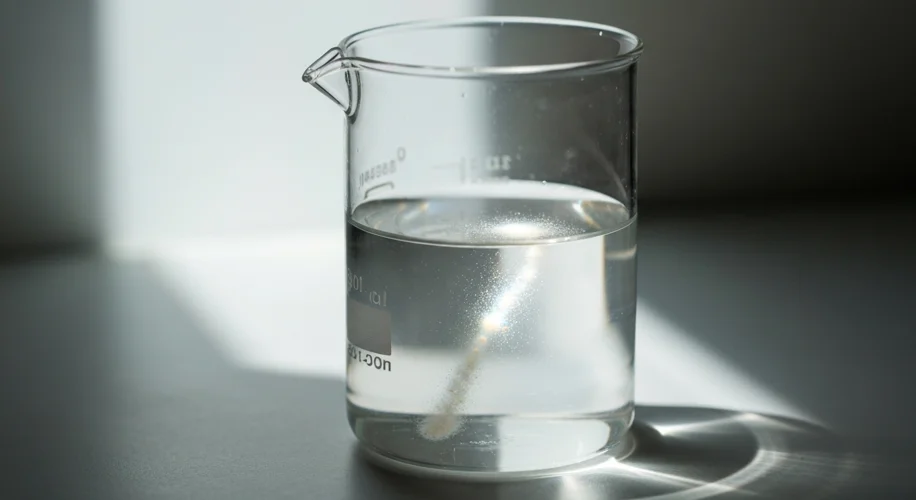Did you know that some of the most persistent pollutants, known as PFAS, are actually being tackled by something as simple as sunlight? It sounds like science fiction, but new research is showing that a specially designed material can use sunlight to break down these notorious “forever chemicals” into something much less harmful: fluoride.
PFAS, or per- and polyfluoroalkyl substances, are a group of man-made chemicals that have found their way into our water supplies, soil, and even our bodies. They’re called “forever chemicals” because they don’t break down easily in the environment, and they’ve been linked to a range of health concerns. Finding effective ways to remove them from our water has been a major challenge.
But scientists are constantly pushing the boundaries, and this latest development offers a hopeful path forward. The new material acts like a catalyst. When exposed to sunlight, it triggers a chemical reaction that essentially dismantles the PFAS molecules. Imagine the sunlight acting as a switch, activating the material to do its work.
The process converts these complex, harmful chemicals into fluoride. While fluoride itself needs to be managed, especially in drinking water, it’s a significantly simpler and less concerning compound than PFAS. This transformation is a huge step in cleaning up contaminated water sources.
This isn’t just about making a chemical change; it’s about developing sustainable solutions. Using sunlight as the energy source is incredibly promising because it’s clean, abundant, and free. It means we might be able to develop water treatment systems that are more energy-efficient and less reliant on harsh chemicals or complex processes.
As a scientist, I’m always excited by innovations that leverage natural processes for environmental good. This research into sunlight-activated materials for PFAS remediation is a prime example of how we can find clever, nature-inspired solutions to some of our most pressing environmental problems. It’s a reminder that sometimes, the answers are right there, waiting for us to harness them.
While this technology is still in development, it offers a tangible reason for optimism in the ongoing effort to protect our water quality and our health from the persistent threat of forever chemicals.

